Text
The NEW Ultrastenos and its Ironic History
So those that have been keeping up with my posts on mekosuchines might recall the name Ultrastenos, as I've talked about this genus back in August of last year. If you've read that post you might also remember how I highlight at multiple points that a lot of the info was tentative on the basis that Ultrastenos was highly incomplete and that close relatives awaited description.
You may also remember "Baru" huberi, a small mekosuchine that lived roughly around the same time, clearly distinct from Baru yet at that point still unnamed. Oh, how I wished for the former to get more material and for the latter to recieve a proper genus assignment.
My now outdated reconstructions for "Baru" huberi (the small one in the left image) and Ultrastenos (right image)

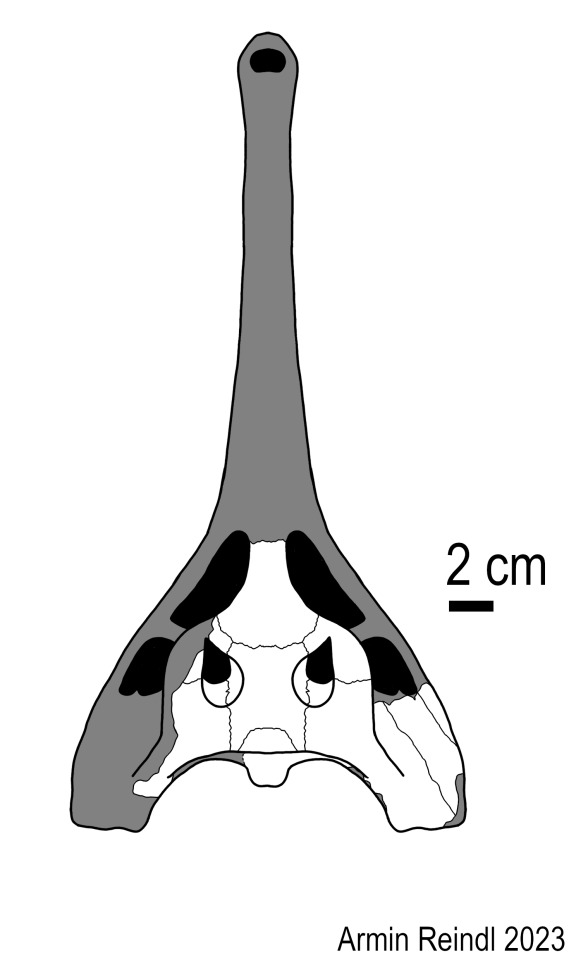
And then the monkey's paw curled.
As it turns out....they are the same damn animal.
Now, back when "Baru" huberi was described, Willis also named a bunch of other mekosuchines from the same locality (the White Hunter Site of the Riversleigh WHA) and described even more material that remained unnamed, including the White Hunter Cranial Form 1. Now, when Ultrastenos was named in 2016, the type material was from the Low Lion Site (also Riversleigh), but importantly, the skull tables identified as WHCF1 were also assigned to the genus (and were the basis for my reconstruction).
Well, re-examination has shown that the WHCF1 and the holotype of "Baru" huberi aren't just a single species.....THEY ARE A SINGLE INDIVIDUAL.
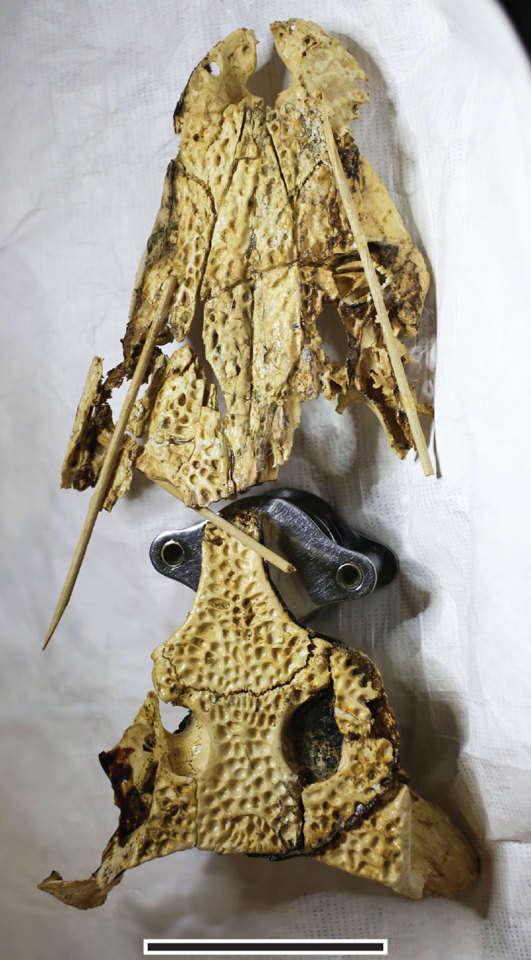
Given the fact that the assignment of the skull table to the Low Lion Ultrastenos material still holds up, this means that Ultrastenos willisi and "Baru" huberi are a single taxon. Which consequently requires some reshuffling of the names.
"Baru" huberi was named first, so the species name takes priority and continues being used. However, since it was never given a genus name, Ultrastenos does stay valid. Except now it's called Ultrastenos huberi, not Ultrastenos willisi.
A name that has aged like milk. Back in 2016 it was proposed that Ultrastenos had a very narrow snout (thus the name), so now that we know that the rostrum was flat and mesorostrine, the name really is just wrong.
So next up, lets examine what went wrong.
As I said before, Ultrastenos was fragmentary, so that certainly played a big part in it. But the team in charge of describing the animal still cited several lines of thinking to support their interpretation, most of which are now thoroughly debunked.
As an example, the lower jaw was rather shallow, however while this was initially taken as evidence for longirostry, the 2024 paper states that this only an argument against altirostry (a deep skull), not against a more generalized condition. The teeth were also initially used as evidence, citing their homodont condition (the teeth looked uniform), HOWEVER, the problem in that was that there were only a few teeth present, all of which notably do not bear any resemblance to the needle-like teeth seen in other long-snouted taxa. Another important clue initially taken to mean longirostry was the orientation of the quadrate area and the seemingly sudden constriction of the lower jaw. But the quadrate area was not found in articulation and would support a generalized skull form if simply rotated a little, while the constriction of the mandible appears to at least be partially exaggerated by preservation.
Of course, the fact that we now have proper material of the snout makes the interpretation of a generalized skull shape a lot more solid.
Image 1: The left and right halves of the mandible of Ultrastenos compared to that of Baru iylwenpeny (D), note how the right half is a lot more straight.
Image 2: The initial reconstruction of the quadrate area of Ultrastenos compared to one that is slightly rotated
Image 3: The revamped skull reconstruction by Yates and Stein

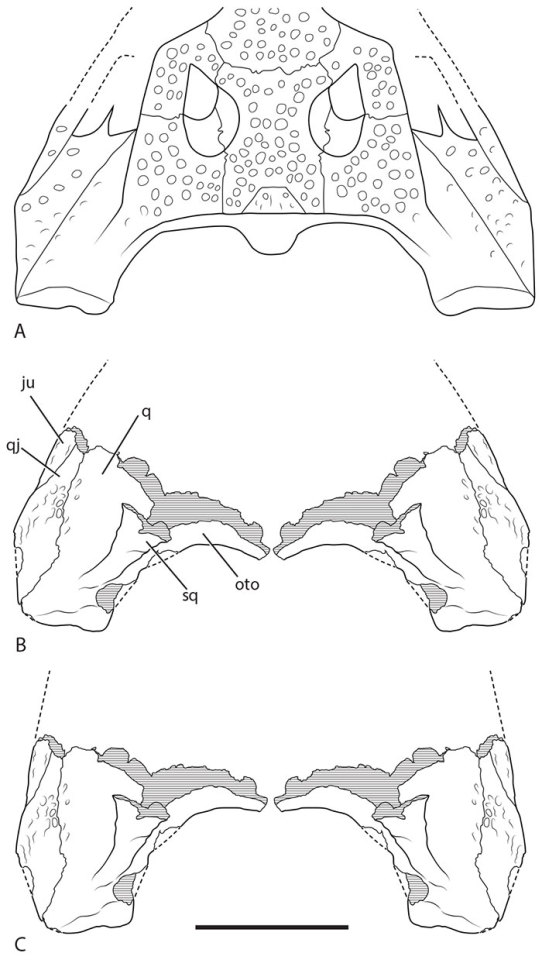
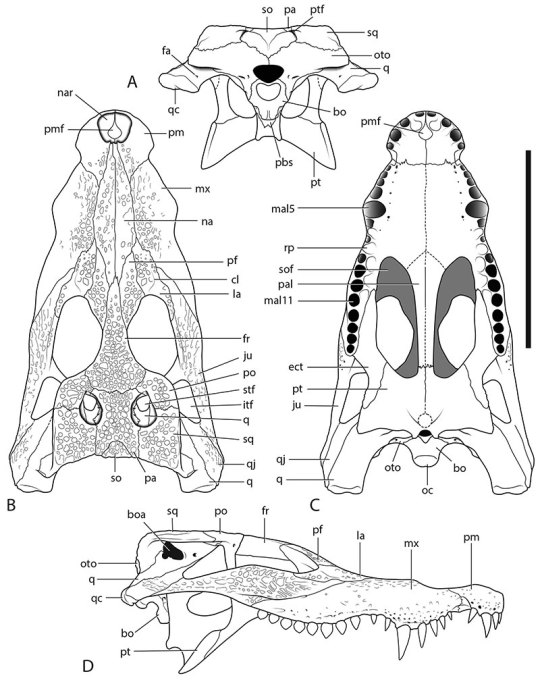
The size of the animal does stay relatively unaffected by these new discoveries. "Baru" huberi has been estimated at only around 1.5 meters in length and my own scaling of Ultrastenos got up to 2 meters, which seems to be in line with what is still assumed for this animal. So among aquatic mekosuchines, its still rather small.
There are however some interesting implications for mekosuchines at large. Now that we no longer have a longirostrine member of this family, one has to wonder, why is that?
Well, there might be several reasons.
It could be that the types of environments that were present in Cenozoic Australia simply didn't support such animals. Even in the type description, its been noted that the Riversleigh isn't exactly known for its fish remains, leading to the idea that Ultrastenos might have gone for other small vertebrates like frogs. Hell, the ecology of Baru might suggest that the reason that this genus was so robust might tie to the fact that the local bodies of water just weren't deep enough to allow the typical crocodilian grab-and-drown tactic.
Competition might have been another factor. In environments that may have been more suitable for such morphology, mekosuchines might have been beaten to the punch by other types of crocodilians. Harpacochampsa for example, tho originally thought to be a mekosuchine, is now more often regarded as either an unrelated crocodile or a gharial and its very possible that it filling the nische of a longirostrine simply meant that mekosuchines didn't have the opportunity to expand into that space. Same goes for Gunggamarandu in the Pliocene and Pleistocene and Freshwater Crocodiles from the Pleistocene onwards. (Tho it should be noted that both Harpacochampsa and Gunggamarandu are so fragmentary that their snout shape is technically unknown).
Images: Gunggamarandu (Eleanor Pease), Harpacochampsa (ArtbyJRC) and Freshies (Antoni Camozzato) might have been key factors in why mekosuchines never evolved slender snouts.
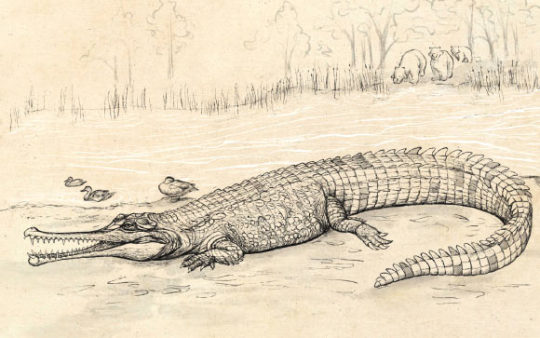
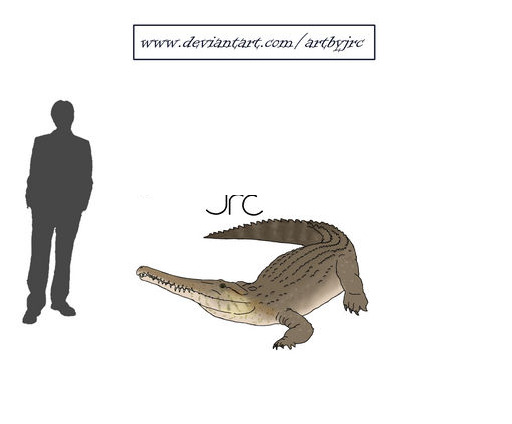
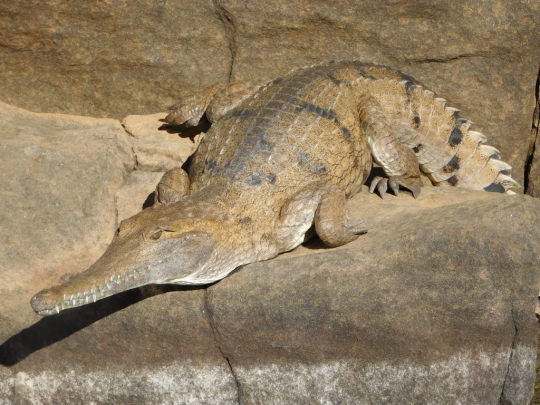
Finally, its also possible that something in the growth of mekosuchines simply prevents them from evolving longirostrine skulls, which Yates and Stein liken to alligatoroids (notably the closest alligatoroids got to traditional longirostry as seen in gharials is the Rio Apaporis Caiman, and even that one is closer to some extant crocodiles in its morphology).
Whatever the case, I for one mourn the loss of our long-snouted Ultrastenos. Tho as a note for any paleoartists, there is not a single illustration of this new interpretation since nobody ever drew "Baru" huberi either. Wink wink nudge nudge
Links:
https://en.wikipedia.org/wiki/Ultrasteno
Ultrastenos revised (palaeo-electronica.org)
#palaeontology#the fact that b. huberi and ultrastenos were not just the same taxon but described from two parts of the same skull is hilarious#this is a fragmentary taxa moment
44 notes
·
View notes
Text
haaah? what the hell is this? some sort of damn beast... it's kind of badass

6K notes
·
View notes
Text
On this same trip I also saw Mitchell's hopping-mice for the first time and was surprised at how big they are (they're the largest living hopping-mouse). According to the field guides they're only about a centimetre longer than the spinifex hoppers I'm more familiar with on average, but they definitely feel bigger, either that or all the teeny tiny ningauis are messing with my perception of size lol

Also have a cutie patootie western pygmy possum and a o r b u l a r Bolam's mouse (very pregnant) to round out the small native mammal roster


hello yes I am alive! been super busy this year but hoping to get back to posting
Guess there's no more on-brand way to return than announcing I have now seen ningauis irl! Got to see a bunch of southern ningauis (N. yvonneae) over the Easter weekend whilst participating in a small vertebrate survey on the Eyre Peninsula and it was a truly life changing event



they are my beloveds
#I mourn for all the extinct hopping mice#australian wildlife#wildlife#mammal#marsupial#rodent#possum#mouse#mammalwatching#wildlife photography#fieldwork#my stuff
20 notes
·
View notes
Text

Red Kangaroos by Cuthbert Edmund Swan. From Wild Beasts of the World, Vol. Two. Written by Frank Finn, published in 1909.
Internet Archive
114 notes
·
View notes
Text
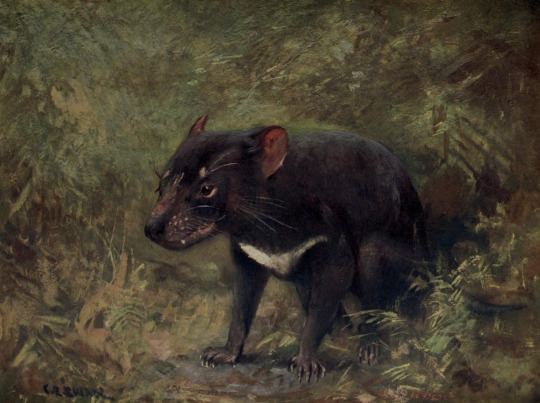
Tasmanian Devil by Cuthbert Edmund Swan. From Wild Beasts of the World, Vol. Two. Written by Frank Finn, published in 1909.
Internet Archive
813 notes
·
View notes
Text
hello yes I am alive! been super busy this year but hoping to get back to posting
Guess there's no more on-brand way to return than announcing I have now seen ningauis irl! Got to see a bunch of southern ningauis (N. yvonneae) over the Easter weekend whilst participating in a small vertebrate survey on the Eyre Peninsula and it was a truly life changing event



they are my beloveds
#my motivation to post is an enigma#australian wildlife#wildlife#mammal#marsupial#marsupials#ningaui#ningauis#mammalwatching#wildlife photography#fieldwork#my stuff
20 notes
·
View notes
Text



Studies of dasyuromorphia! (Order name copied and pasted from Wikipedia lmao)
I realised I didn’t post these!! I like to post them when I have four of a set but I didn’t do a fourth for this order of animals yet. Maybe I will… in time. But here’s these three for now.
78 notes
·
View notes
Text
Time to infodump about the animals I'm supposedly a nerd about.

All pictures in this post are N. yvonneae, the southern ningaui
(Image credit: Owen Lishmund)
The ningauis (in the genus Ningaui, if you can believe it) are a group of tiny dasyurid marsupials native to the arid and semi-arid regions of Australia. Smaller than their close dunnart relatives (very close, as I will explain later), and with broader hindfeet, ningauis were first documented by western science relatively recently by Australian mammal standards. Although some specimens had been collected previously, being haphazardly assigned to planigales (another genus of miniscule dasyurids), it wasn't until 1975 that the genus Ningaui was erected and its first two species were described - N. ridei, the Wongai ningaui, and N. timealeyi, the Pilbara ningaui. A third species, the southern ningaui (N. yvonneae), was named in 1983.
Oh, and in case you were wondering where the name "ningaui" comes from, it refers to tiny beings from Aboriginal mythology that come out at night, are covered in hair, have notably short feet and eat their food raw. Most of these traits are also shared by these little marsupials, hence why palaeontologist Mike Archer (the original author of the genus) found it to be a fitting name for them!

(Image credit: glandarius)
Ningauis are small - really small, some of the smallest land mammals in fact. With the tiniest individuals being only 5 cm long, not including the tail, they are about the same length as Australia's smallest native mammal, the long-tailed planigale. However, ningauis are significantly chunkier and therefore usually weigh a couple more grams, meaning planigales win in regards to all-around tininess. The very largest ningauis still only reach about 8 cm in length and 14 grams in weight.
What they lack in size they make up for in ferocity however, as they follow the typical dasyurid trend of becoming increasingly savage the smaller they get. Tasmanian devils, despite their reputation, are actually quite relaxed when handled - on the other end of the spectrum, ningauis, which are around a thousand times smaller than a devil, will try to murder you, your family and everyone you hold dear if they find themselves captured. But, despite their best efforts to chew the fingers off of every field mammalogist in inland Australia, they aren't very strong.
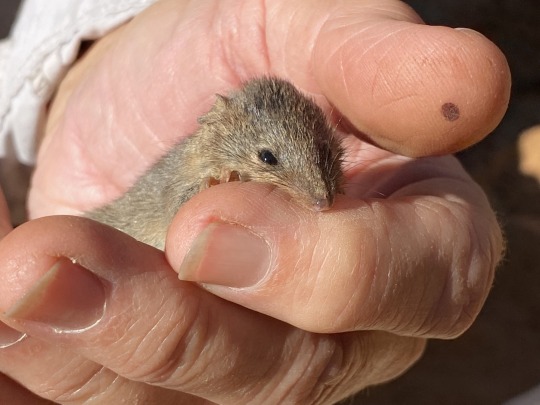
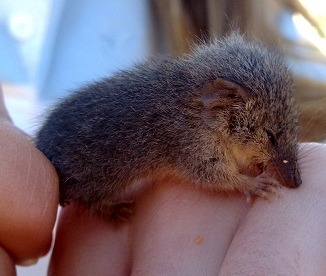
remorseless beasts
(Image credit: Tina Gillespie & Miss.chelle.13)
These ferocious predators feed on a variety of different prey items, the majority of which are small invertebrates - in the case of the Wongai ningaui, they prefer prey that is less than a centimetre long. However, they will also go after larger prey, having epic duels with grasshoppers, spiders, centipedes and even small skinks which they subdue with a crushing bite to the back of the head. Unlike their dunnart relatives, the shorter, broader feet of ningauis allows them to climb into shrubs and grass clumps.
All ningaui species are extremely similar to one another, so much so that the Wongai ningaui and southern ningaui are almost externally indistinguishable and the Pilbara ningaui can only be told apart by looking at its foot pads, teat number and skull. However, they can usually be distinguished by distribution. The Pilbara ningaui is the most range restricted, being endemic to the central and western Pilbara region of western Australia. The southern ningaui occurs in three disjunct populations across the southern semi-arid zone, whilst the Wongai ningaui is distributed widely across much of the interior. All species show a strong preference for environments dominated by spinifex grass (Triodia), which they use as shelter.
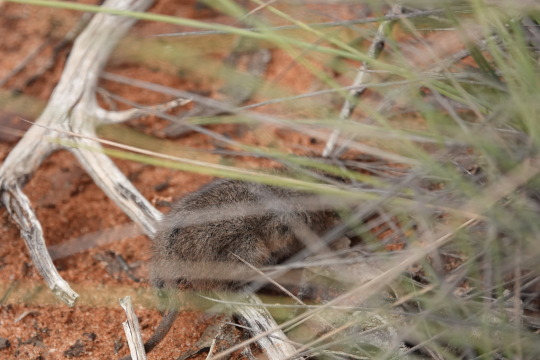
A ningaui takes shelter amongst the spinifex
(Image credit: Euan Moore)
In regards to how they are related to other dasyurids, ningauis fall in the tribe Sminthopsini together with the kultarr (Antechinomys laniger, another species I really need to cover sometime) and many species of dunnart (Sminthopsis). However, recent phylogenetic studies have consistently recovered both Antechinomys and Ningaui as being within the Sminthopsis lineage, meaning that both ningauis and the kultarr are, in essence, just weird dunnarts. With Sminthopsis as we currently understand it being highly paraphyletic, a revision of the genus is needed.
#australian wildife#wildlife#mammal#marsupial#marsupials#ningaui#ningauis#animal facts#mammalogy#natural history#infodumps#my stuff
31 notes
·
View notes
Text



I like how the AI generated images used in this article combined with the headline imply that kangaroos on one side of the dingo fence convergently evolved into dingoes
nature is healing
#I think they just chucked kangaroo and dingo into an AI prompt and called it a day#is this spec evo?#ai monstrosity#australian wildlife#kangaroo#dingo
14 notes
·
View notes
Text
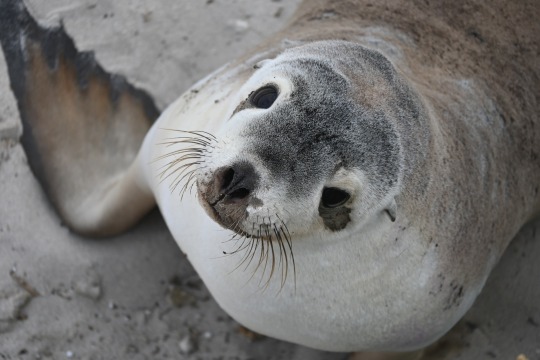

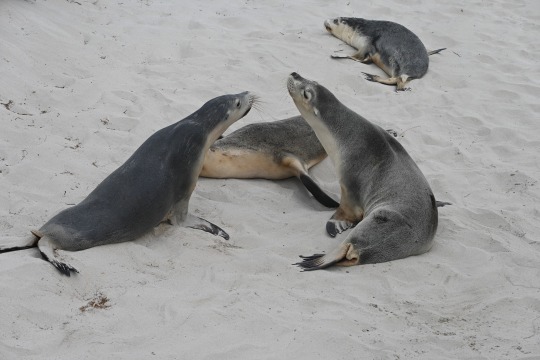
Australian Sea Lion (Neophoca cinerea) - Seal Bay Conservation Park, SA, December 2021
#south australia#kangaroo island#australian wildlife#wildlife#mammal#pinniped#sea lion#mammalwatching#wildlife photography#my stuff
23 notes
·
View notes
Text
Go Goanna
source: Australian Outback Photography Facebook page

33 notes
·
View notes
Text
thanks for the love on my fairy wren sketches ❤🐦 heres some white faced heron for your consideration . merry christmas! 🎄🦜
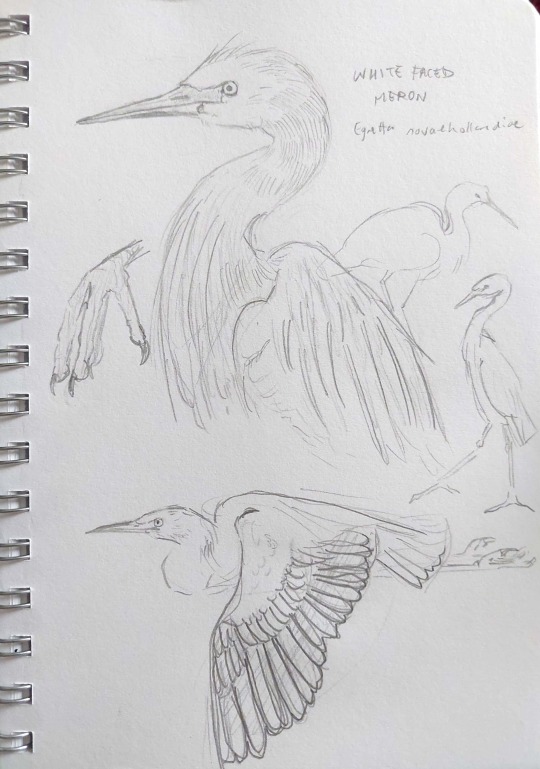
337 notes
·
View notes
Text
practising my field sketching skills for when i go away in janurary 🐦 some fairy wrens
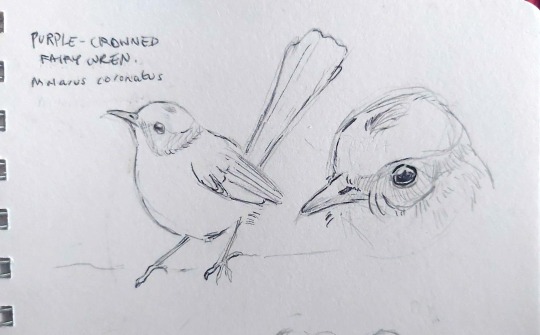

547 notes
·
View notes
Text
local doofus gets stuck down tiny pitfall trap intended for little mice and geckos
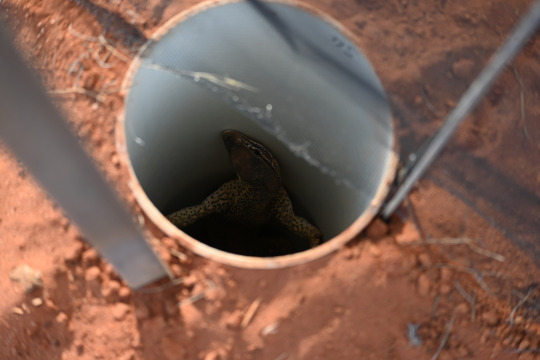
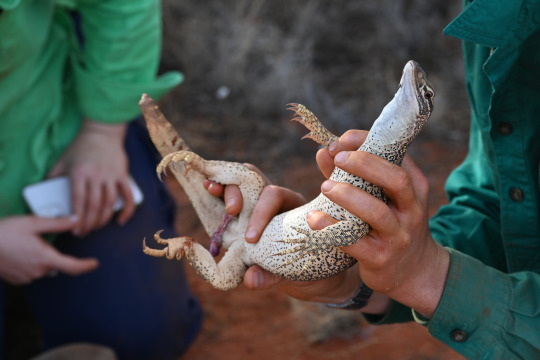
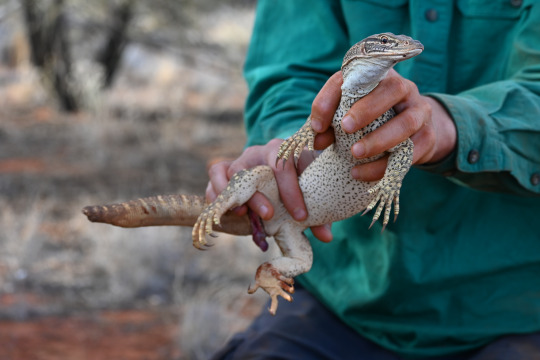
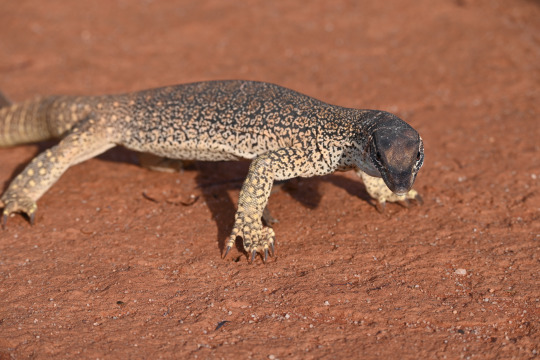

He’s clearly got a habit of getting into silly situations given something’s bitten the end of his tail off
Sand Goanna (Varanus gouldii) - Bon Bon Station, SA, November 2023
#also merry christmas!#south australia#outback#australian wildlife#wildlife#reptile#lizard#goanna#monitor lizard#wildlife photography#fieldwork#my stuff
36 notes
·
View notes
Text

Mclovin, a Tasmanian devil (Sarcophilus harrisii) housed at the San Diego Zoo
by San Diego Zoo Wildlife Alliance
628 notes
·
View notes
Text

Had a cheeky camp at Red Banks Conservation Park a couple of days ago on the way back from fieldwork.

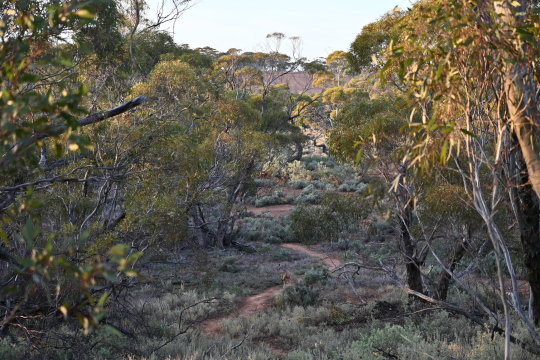
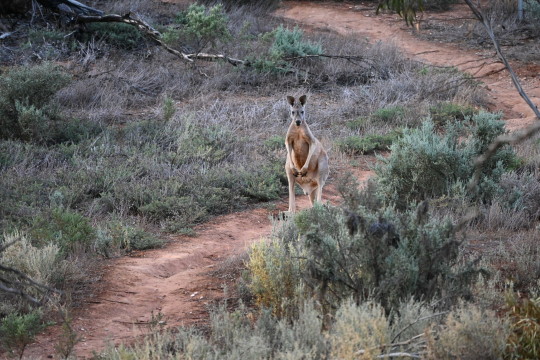
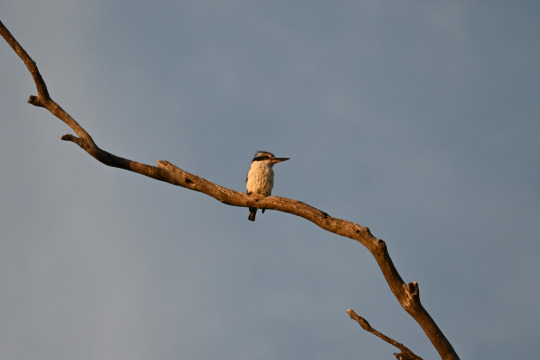

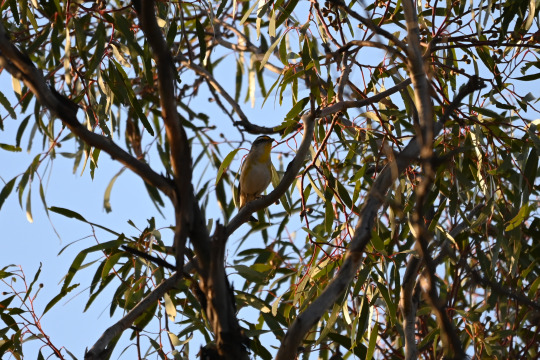
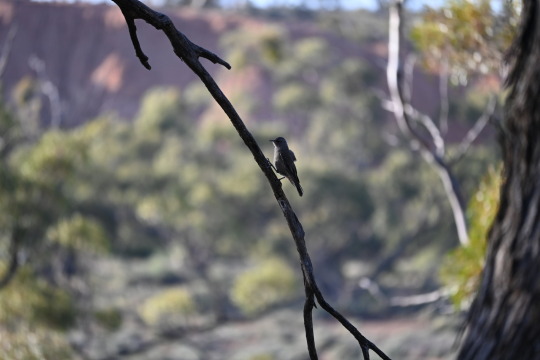
Species featured:
Red Kangaroo (Osphranter rufus)
Red-backed Kingfisher (Todiramphus pyrrhopygius)
Mallee Ringneck (Barnardius zonarius barnardi)
Striated Pardalote (Pardalotus striatus)
Brown Treecreeper (Climacteris picumnus)
#south australia#australian bush#wildlife#australian wildlife#australian birds#marsupials#kangaroo#wildlife watching#birding#wildlife photography#nature photography#my stuff
8 notes
·
View notes